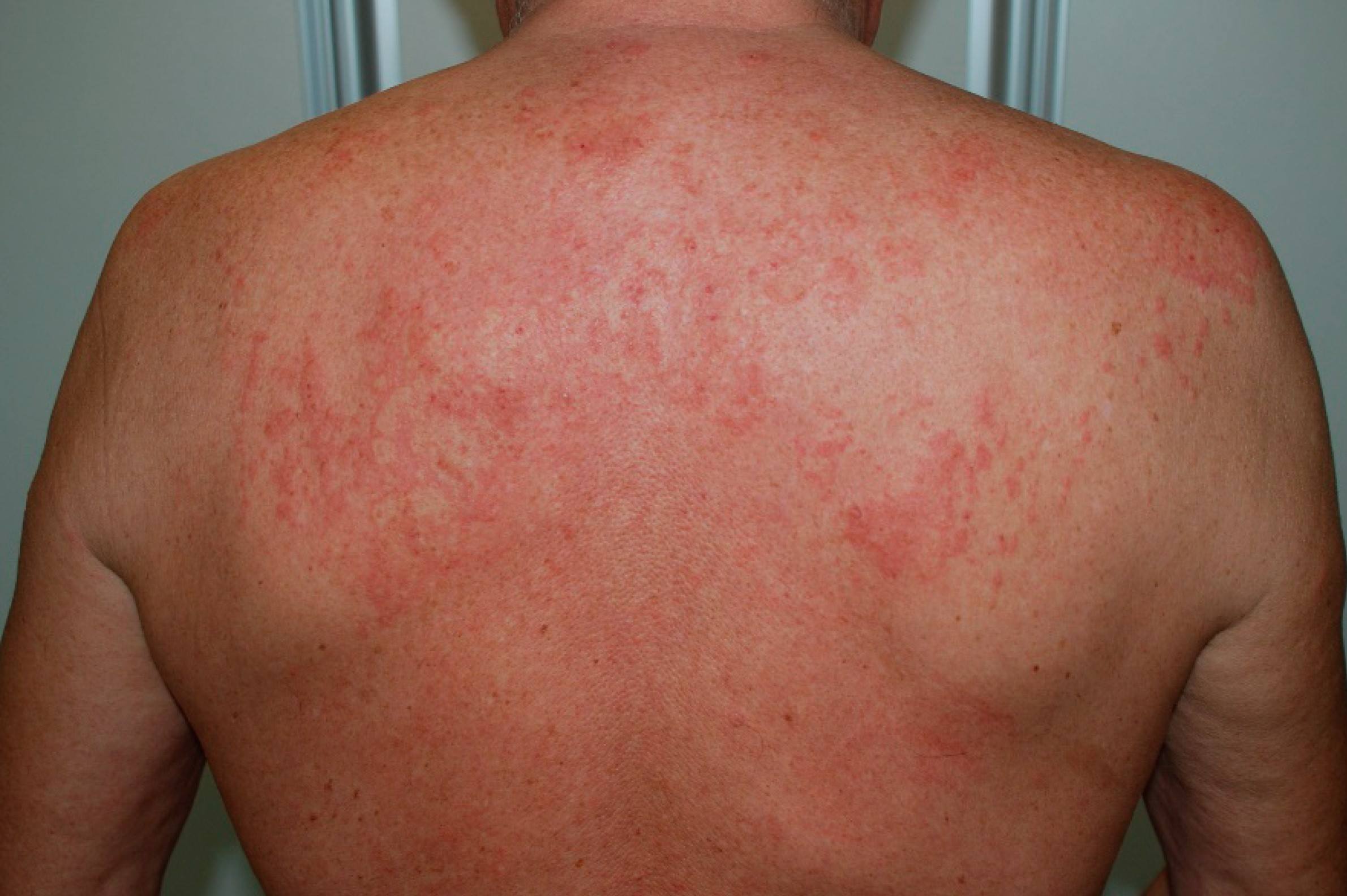
Red Man Syndrome is a rare but notable reaction often linked to the antibiotic vancomycin. This condition gets its name from the red rash that spreads across the face, neck, and upper body. Symptoms can include itching, low blood pressure, and muscle pain. While it might look alarming, it's usually not life-threatening and can be managed with proper medical care. Understanding the causes, symptoms, and treatments of Red Man Syndrome is crucial for anyone taking vancomycin or similar antibiotics. Let's dive into 25 essential facts about this intriguing drug eruption, shedding light on its impact and management.
Key Takeaways:
- Red Man Syndrome (RMS) is a reaction to certain medications, causing a red, itchy rash. It's usually not life-threatening and can be managed by slowing down medication administration and using antihistamines.
- Prevention of RMS involves giving antihistamines before medication, administering drugs slowly, and closely monitoring for symptoms. Most cases resolve without long-term issues, but some individuals may experience recurrent episodes.
What is Red Man Syndrome?
Red Man Syndrome (RMS) is a drug eruption that occurs when certain medications, particularly vancomycin, are administered too quickly. This reaction can be alarming but is usually not life-threatening. Here are some interesting facts about RMS.
-
RMS is named for the red rash it causes. The syndrome gets its name from the red, itchy rash that appears on the face, neck, and upper torso.
-
Vancomycin is the main culprit. This antibiotic is most commonly associated with RMS, especially when given intravenously too quickly.
-
Symptoms appear rapidly. Signs of RMS can show up within minutes of starting the medication.
Symptoms and Signs
Understanding the symptoms can help in identifying RMS early. Here are some key symptoms to look out for.
-
Flushing and redness. The most noticeable symptom is the sudden redness of the skin.
-
Itching and burning. Patients often experience intense itching and a burning sensation.
-
Low blood pressure. Some individuals may experience a drop in blood pressure.
-
Fever and chills. These can accompany the rash and itching.
Causes and Risk Factors
Knowing what causes RMS and who is at risk can help in preventing it.
-
Rapid infusion rate. Administering vancomycin too quickly is the primary cause.
-
High doses. Larger doses of vancomycin increase the risk of RMS.
-
Previous reactions. Individuals who have had RMS before are more likely to experience it again.
Diagnosis and Treatment
Proper diagnosis and treatment are crucial for managing RMS effectively.
-
Clinical diagnosis. Doctors usually diagnose RMS based on symptoms and medical history.
-
Slowing the infusion rate. Reducing the speed of vancomycin administration can help alleviate symptoms.
-
Antihistamines. Medications like diphenhydramine can reduce itching and redness.
-
Stopping the infusion. Temporarily halting the medication can provide immediate relief.
Prevention Strategies
Preventing RMS is often easier than treating it. Here are some strategies to consider.
-
Pre-medication. Giving antihistamines before vancomycin can prevent RMS.
-
Slow infusion. Administering the drug over a longer period reduces the risk.
-
Monitoring. Close monitoring during the first dose can catch symptoms early.
Long-term Effects
While RMS is usually not serious, understanding potential long-term effects is important.
-
No lasting damage. Most cases resolve without long-term issues.
-
Recurrent episodes. Some individuals may experience RMS again with future treatments.
-
Psychological impact. The sudden onset of symptoms can cause anxiety.
Interesting Tidbits
Here are some lesser-known facts about RMS that might surprise you.
-
Not just vancomycin. Other antibiotics like ciprofloxacin and amphotericin B can also cause RMS.
-
Children and adults. RMS can affect people of all ages.
-
Not an allergy. RMS is a reaction to the rate of infusion, not an allergic response.
-
First reported in the 1950s. The syndrome was first described shortly after vancomycin was introduced.
-
Education is key. Informing patients and healthcare providers about RMS can help in its prevention and management.
Key Takeaways on Red Man Syndrome
Red Man Syndrome, a reaction to vancomycin, can be alarming but manageable. Symptoms like red rash, itching, and fever often appear within minutes of infusion. Slowing the infusion rate or pre-treating with antihistamines can help. While not life-threatening, it’s crucial to recognize and address symptoms promptly to avoid complications. Awareness among healthcare providers and patients ensures better management and reduces anxiety. Remember, this reaction doesn’t mean you’re allergic to vancomycin; it’s more about how your body responds to the drug’s infusion rate. If you or someone you know is undergoing vancomycin treatment, staying informed and communicating with healthcare professionals can make a big difference. Always consult your doctor for personalized advice and treatment options. Stay informed, stay safe.
Frequently Asked Questions
Was this page helpful?
Our commitment to delivering trustworthy and engaging content is at the heart of what we do. Each fact on our site is contributed by real users like you, bringing a wealth of diverse insights and information. To ensure the highest standards of accuracy and reliability, our dedicated editors meticulously review each submission. This process guarantees that the facts we share are not only fascinating but also credible. Trust in our commitment to quality and authenticity as you explore and learn with us.


